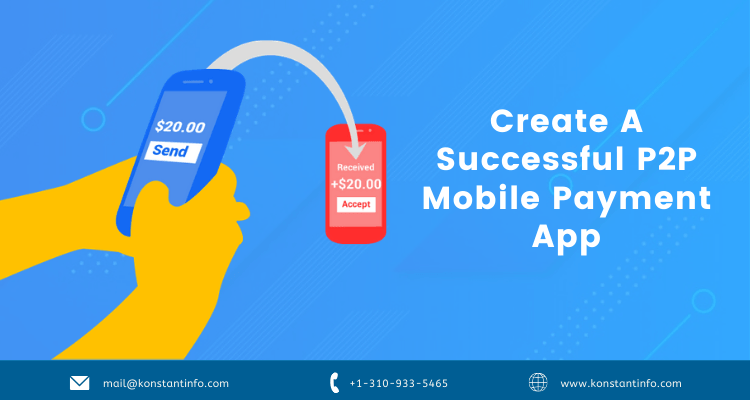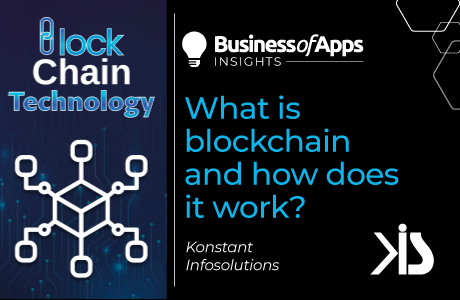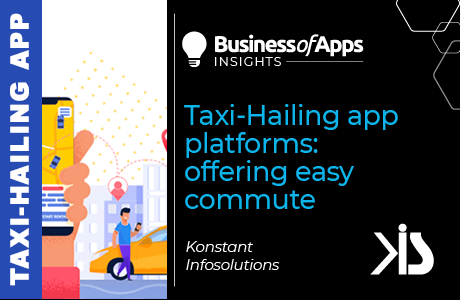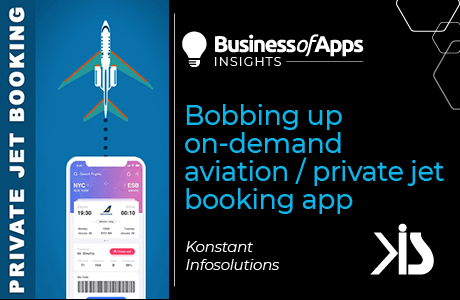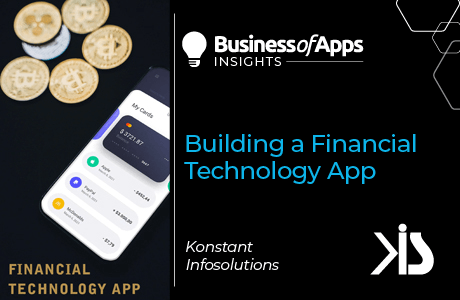Anticipate the trends brought in by contactless payment options paving the way for both great opportunity and potential risk!
The ubiquitous nature of mobile applications signaled the end of traditional wallets and propelled cashless payments with various modes of payment. Contactless card payments have crept into the adoption curve from hype to near-reality. The emergence and popularity can be owed to higher swipe fees, diminishing foot traffic and shifts in consumer spending, and many more options.
Data privacy and security went from the hot-button to burning issues with GDPR’s crossover to the U.S. One thing that remained constant through all this was a steady drumbeat to improving margins, identifying new revenue streams and finding innovative ways to delight customers.
From card issuers to independent software vendors (ISV’s), payment providers and gateways – almost everyone is working to simultaneously embrace new technologies and keeping up with emerging customer demands. (Note: ISV’s = Independent Software Vendor, can be software publishers or any organization specializing in making and selling software). This resulted in a dramatic change in how payments products and services are being built, deployed and utilized. Many trends are in process to realign the payments value chain:
Payments are the cost of doing any business
These can be understood as a digital experience factor required to facilitate a sale. Payment infrastructure can directly influence a customer’s likelihood of converting and returning. Integration of payments in digital commerce applications, wallets delivers streamlined checkout experience to reduce cart abandonment. Consumers always expect a safe, convenient and affordable globalized payment platform. Merchants have gone creative by applying tender steering to drive interchange rates, which means driving customers towards some kinds of cards and away from others. Mobile commerce products and NFC-enabled systems are finally compelled to support tender steering, after spending half a century of having little or no control over the fees they pay to accept card payments. Although till date there is no news about any major retailers pushing this service.
Open Payments
Issuing and acquiring banks have driven payment products and services into markets. Payment companies like Square, Fast-charge, Stripe, Braintree, Apple Pay, Amazon Pay, Android Pay, Xpayments, Due, BitPay now have a seemingly endless list of partners to align with running the gamut from application developers and technology partners to emergency payment gateways and ISV’s.
The Misery of Carrying Cash
Point of sales and contactless modes of payment are on an all-time increase in the coming times. Digital Wallets will still take some time to evolve and to convert the consumer’s mindset who are already comfortable with cash and cards.
Evolution of Peer-Peer App
P2P apps have a certain strategic initiative parlaying their services into C2B and B2C disbursement options.
Alternative Financing Options
P2P payment services are gradually in the process of unveiling installment service options in an attempt to appeal to shoppers and improve conversion rates. As more retailers adopt this service, the extent to which this will affect credit card issuers will remain questionable.
Requisite Features in NFC Payment Apps
Must-have features in NFC payment apps (illustrative). Such apps can be scaled up according to the need of the business and consumer demand.
- Notification
- Sending invoice
- Record Transaction history
- Unique ID/ OTP
- Transfer amount to the bank
- Fingerprint security lock
- Chatbot
- Buy/sell cryptocurrency
How to Build a P2P payment app like Venmo?
Basic points that should be considered to create a P2P mobile payment app (in no particular order):
- Consider the target audience and market niche
- Analyze the challenges
- Check suitable monetization model
- Go for third party API’s and services wherever possible
- Consider the type of P2P App: Bank Centric (e.g: Dwolla, Zelle, PopMoney, clearXchange.) , social media-centric (Facebook Messenger, Snapchat, Kik, WeChat, Square Cash, G Pay Send), standalone app (PayPal, Venmo, Square Cash, Alipay, M-Pesa, Airfox) or Mobile OS/Device Manufacturers (Apple Pay, Samsung Pay, Android Pay)
- Technology can’t be ignored either. Technological advances allow for new unprecedented models that add value to consumers and make business more self-reliant. To propagate this there are:
- Real-time payments speed up the entire payment system
- Distributed ledger technology often called Blockchain that has disrupted the traditional way of transactions.
- The expansion of payment options to the non-physical interface has created traditional UI obsolete. Enhancement of natural language processing and image recognition technologies have made voice-first solutions to the new tech reality.
In Conclusion
The push for mobile contactless payment adoption in the US is decades-long that entails a multibillion-dollar investment in wallet development, consumer marketing, and POS hardware. This mode of payment has brought a measurably better value proposition, abridging the behavior to reach out for a leather wallet for every single transaction.
- P2P Foreign Exchange/P2P FX – allows saving up to 90% of the middleman fee on international exchange and transfer fees.
- P2P Cross Border Money Transfer apps make international remittances less costly
- P2P Lending Apps imparts micro-loans on fewer interest rates than banks. These are simultaneously lucrative to investors looking out to monetize their funds.
This one-sided, single platform has the potential to sweep clean the oversaturated market of payment solutions making it seamless and comparable to mobile telephony. Besides everything, P2P mobile payment apps must provide secure transactions and convenience to users. Teaming up with best on demand platforms is an added fillip.



